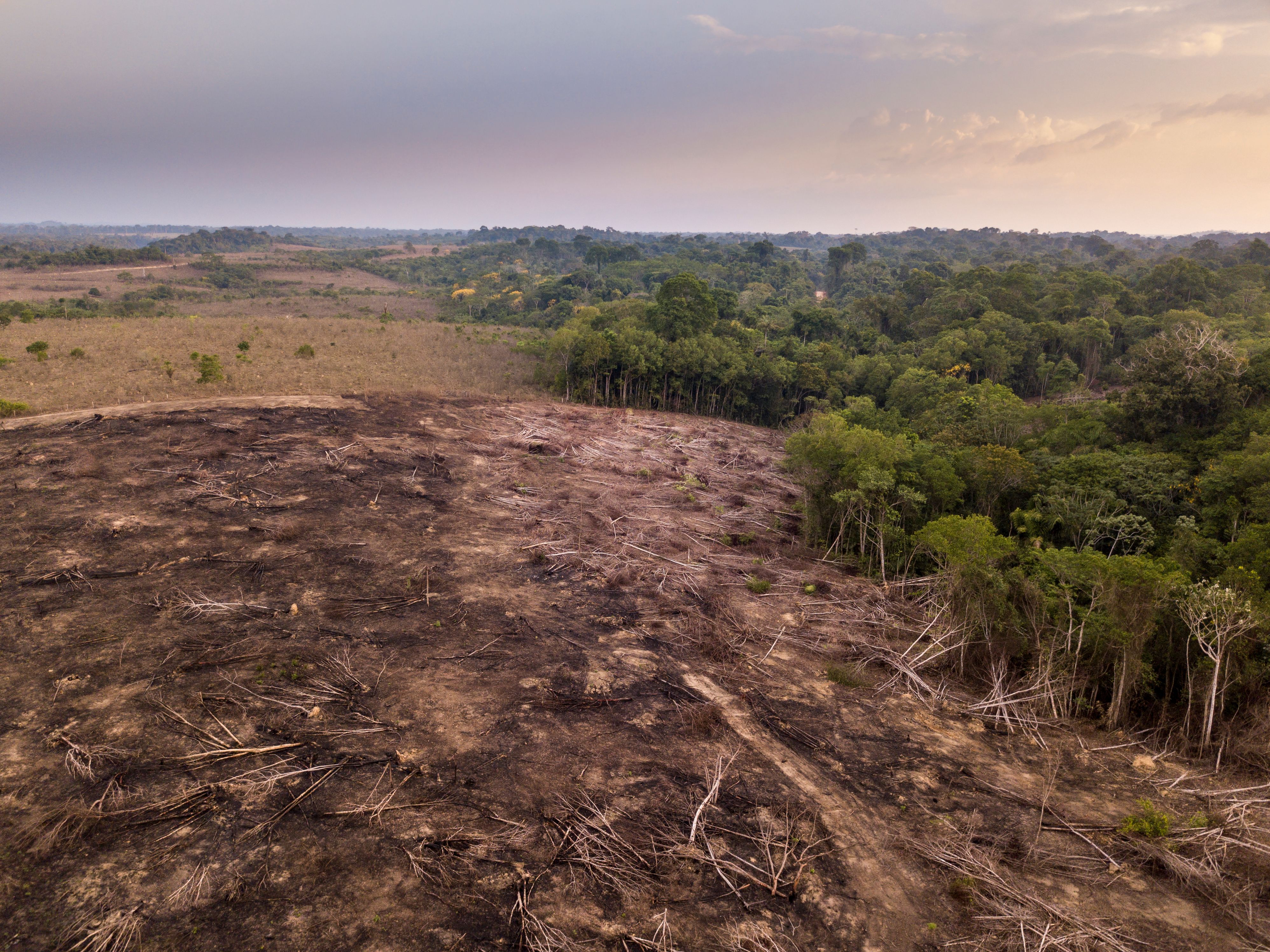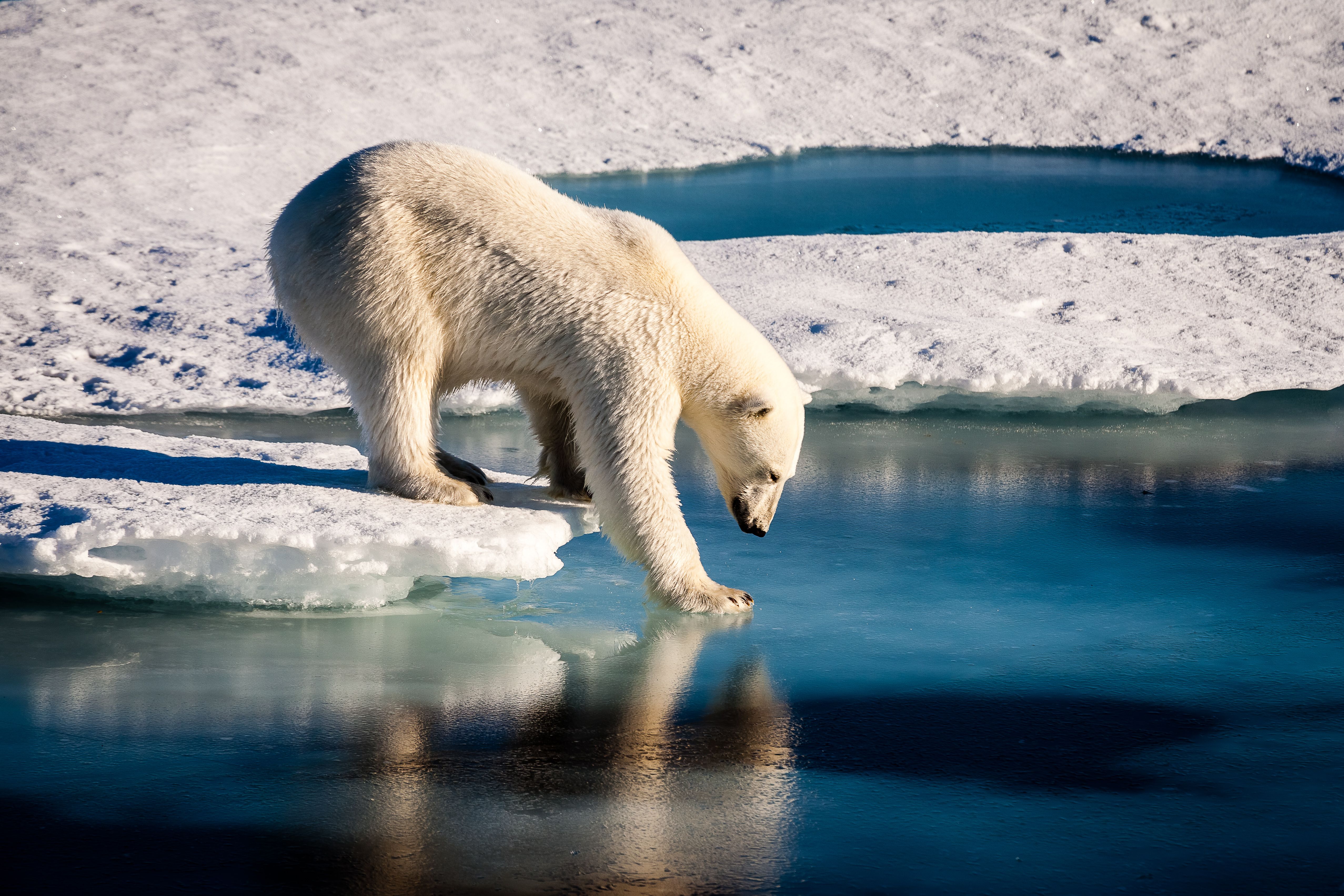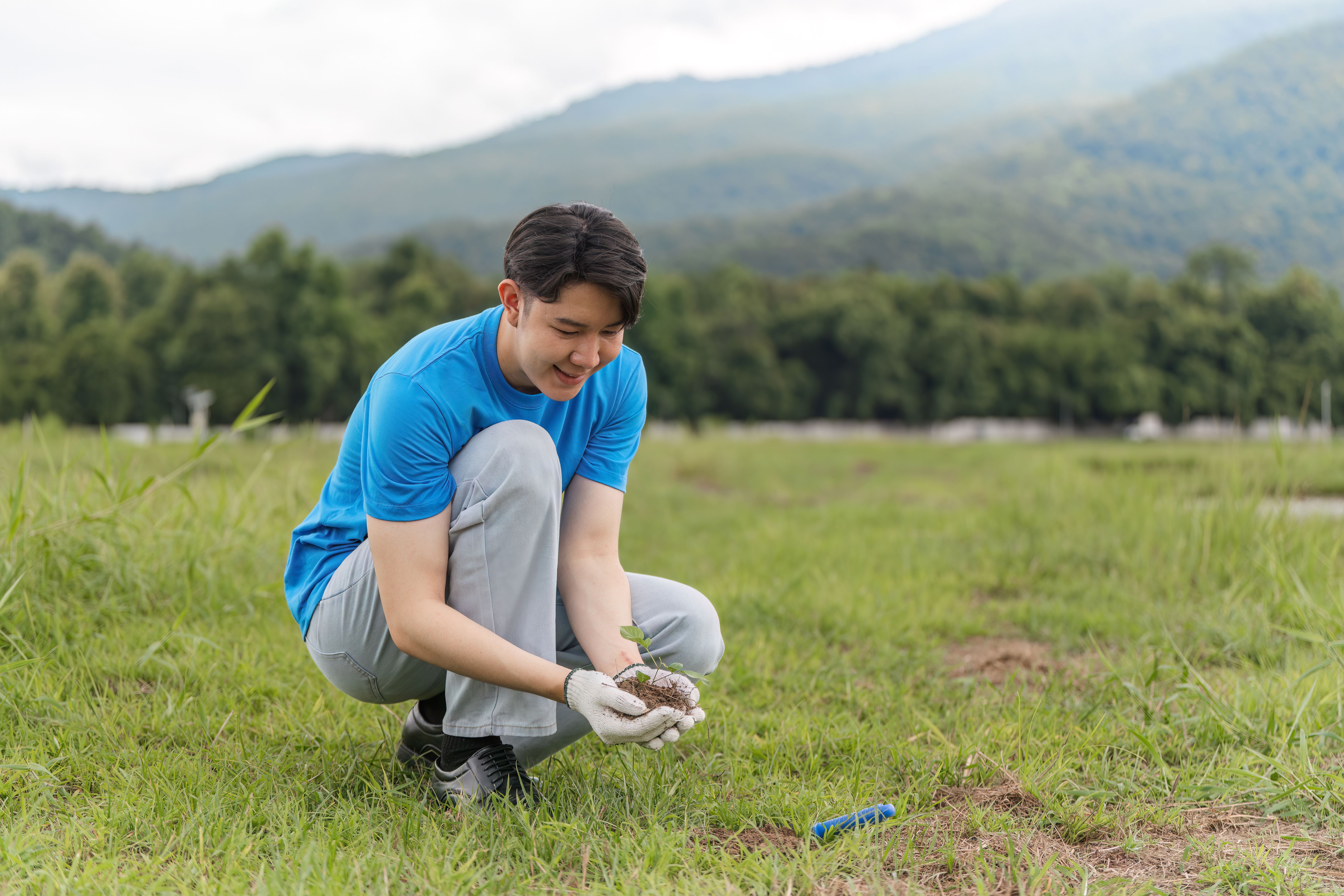The World's Most Endangered Animals: A Call to Action
Understanding the Threats to Endangered Species
Across the globe, numerous animal species are teetering on the brink of extinction. The driving forces behind this grim reality include habitat destruction, climate change, poaching, and pollution. As these threats intensify, the survival of some of the world's most majestic creatures hangs in the balance. It is crucial for us to understand these threats to effectively combat them.
Habitat loss remains the primary threat to wildlife. As human populations expand, forests are cleared, wetlands drained, and oceans exploited. This encroachment leaves animals with dwindling spaces to live and thrive. Additionally, climate change exacerbates the situation by altering habitats and food sources, pushing many species beyond their adaptive limits.

The Most Endangered Animals
Among the most endangered animals are species that are iconic yet critically at risk. The Sumatran orangutan, with its dwindling population, faces threats from deforestation and illegal hunting. The vaquita, a small porpoise native to the Gulf of California, is on the brink of extinction due to bycatch in illegal fishing operations.
The Amur leopard and Javan rhinoceros are also fighting for survival, with fewer than 100 individuals remaining in the wild for each species. These animals are not just numbers on a list; they represent irreplaceable parts of our planet's biodiversity.

Conservation Efforts and Success Stories
Despite these dire circumstances, there are success stories that inspire hope. Conservation efforts have led to the recovery of several species. For instance, the giant panda, once considered endangered, has been reclassified to vulnerable due to rigorous conservation measures in China. These efforts show that with coordinated action and support, progress is possible.
Organizations worldwide are working tirelessly to protect endangered species through habitat preservation, anti-poaching initiatives, and breeding programs. Collaborative efforts involving governments, NGOs, and local communities are essential in creating sustainable environments for these animals.

A Call to Action: How You Can Help
While large-scale conservation efforts are crucial, individual actions can also make a significant impact. Here are some ways you can contribute:
- Support wildlife conservation organizations through donations or volunteering.
- Reduce your carbon footprint by choosing sustainable products and reducing waste.
- Educate others about endangered species and the importance of biodiversity.
- Advocate for policies that protect wildlife and their habitats.
Taking action now can help ensure that future generations inherit a world rich in biodiversity rather than one marked by loss.

The Importance of Biodiversity
Biodiversity is essential for maintaining ecosystem health and resilience. Each species plays a unique role in its environment, contributing to processes like pollination, nutrient cycling, and maintaining food chains. The loss of any species can have cascading effects on entire ecosystems.
Preserving biodiversity is not just about saving individual species; it's about safeguarding our planet's ecological balance. This balance provides essential services such as clean air, water, and fertile soil—resources we all depend on.
As stewards of this planet, it is our responsibility to act decisively to protect the world's most endangered animals. Together, through awareness, education, and action, we can help turn the tide for these vulnerable species and preserve our natural heritage for generations to come.